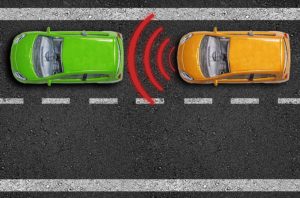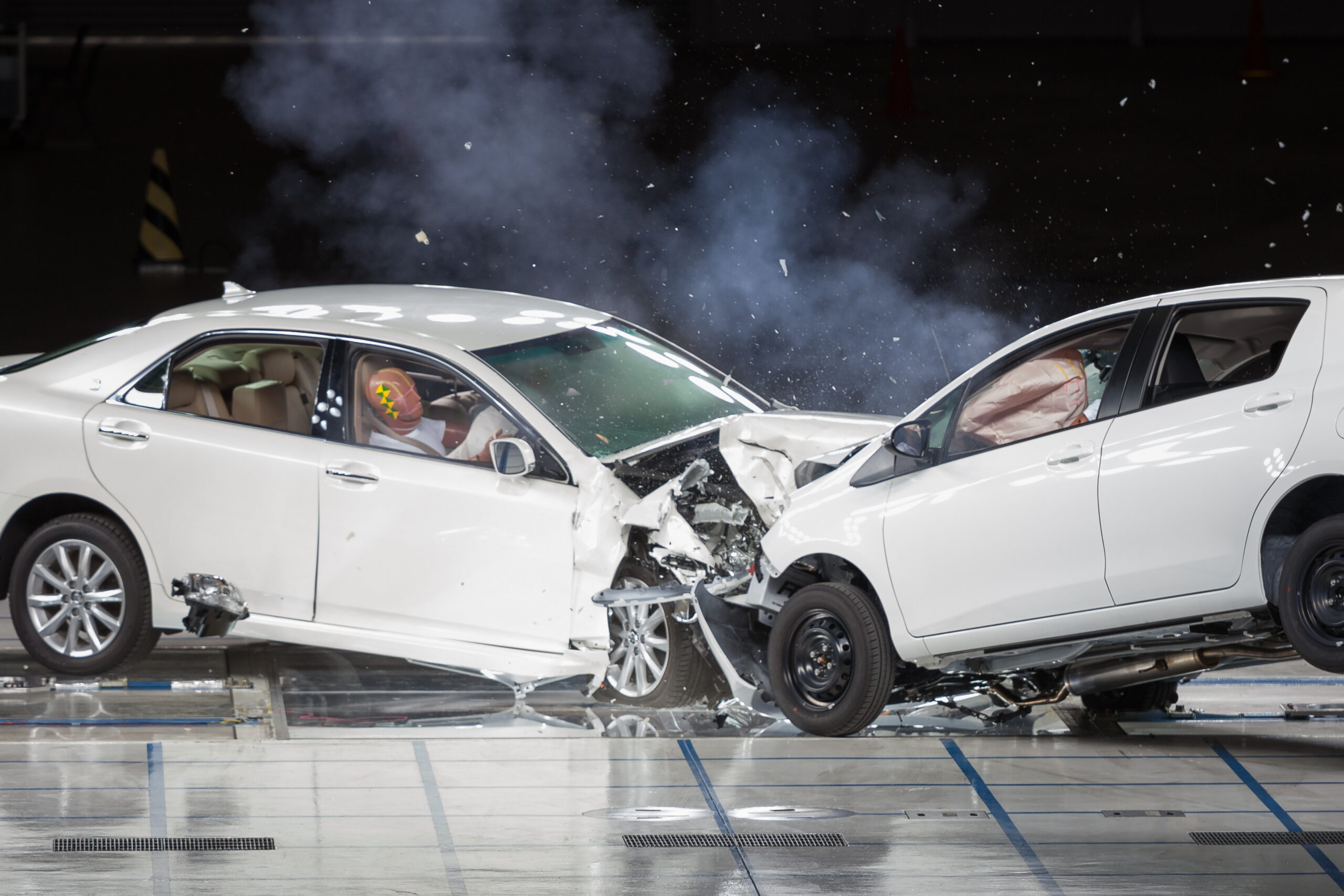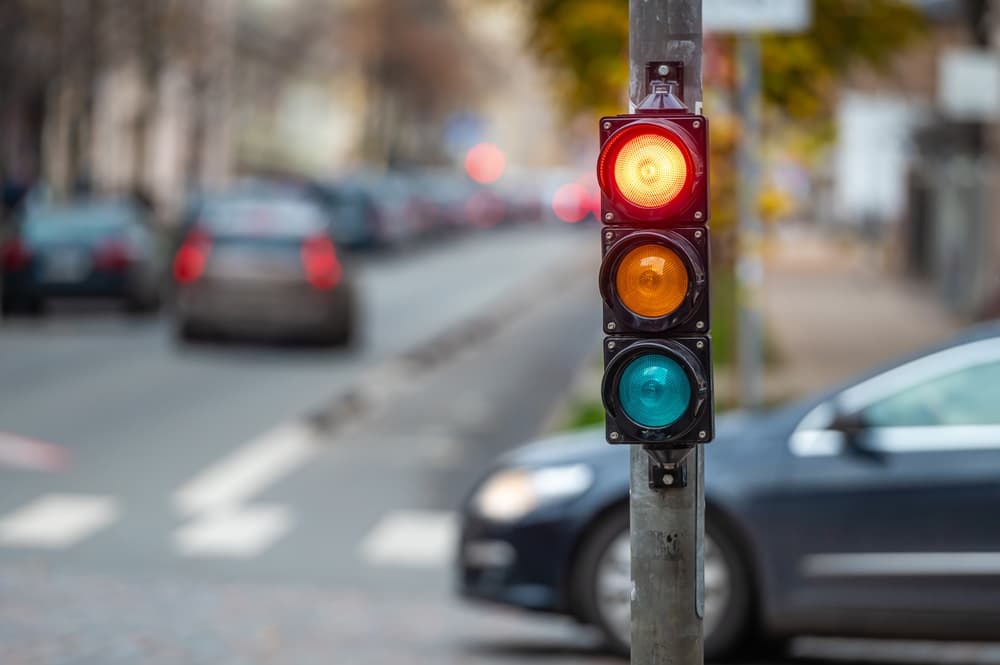You may have seen the TV commercial. In it, a young man and woman face one of the greatest challenges that vex couples: where to go out to eat. The man, who was driving, becomes distracted and nearly rear-ends the taco truck in front of him. He's saved by his SUV, which engages its automatic emergency braking system. In this case, the vehicle's automatic braking possibly prevented a crash but, you may wonder, what if the cause of my crash was not human error, but a malfunction in a vehicle's automated braking system? These kinds of accidents can (and do) happen and they can lead to serious injuries or even death. If you've been hurt because a vehicle's automated system malfunctioned, you should get in touch with a knowledgeable San Mateo car accident lawyer to find out more about the legal options available to you.
Recent news reports and legal actions have shown that vehicles with automatic emergency braking systems don't always perform as perfectly as the SUV in the taco truck commercial. When they falsely engage or wrongfully fail to engage, they potentially can lead (and, in some cases actually have led) to crashes and serious injuries.
Last fall, the Los Angeles Times reported on a "sweeping investigation" by the National Highway Traffic Safety Administration into Tesla vehicles. In each of the incidents the NHTSA investigated, a Tesla vehicle slammed into the rear of a stopped emergency vehicle. In each instance, the Tesla vehicle involved was equipped with a "forward collision avoidance system," but in each case, the system did not engage to prevent a crash.
The Problem With Automatic Emergency Braking Systems
Sometimes, the problem isn't a braking system's failure to engage, but rather it's engaging at the wrong time. Back in the summer of 2020, a group of vehicle owners filed a federal class action lawsuit right here in the Bay Area. The lawsuit alleged that the automatic emergency braking systems on certain Audi and Volkswagen vehicles had a defect that caused the system to engage randomly, unexpectedly, and at the wrong time. A few weeks later, plaintiffs launched a similar federal class action in New Jersey regarding Subaru vehicles. In the fall of 2019, another federal class action -- this one in Tennessee -- made similar allegations about the emergency braking technology on certain Nissan vehicles.

There are a handful of ways that you can be hurt because of a faulty automatic braking system. For example, say you are traveling at 40 mph on an open road. The traffic signal in front of you is green and traffic is extremely light, but the vehicle in front of you suddenly and inexplicably stops on a dime. You rear-end that vehicle and suffer injuries as a result.
Most people think the rear driver is always at fault in a rear-end crash. That's not necessarily true. There's a presumption that the rear driver is to blame for a rear-end accident, but that presumption can be overcome. If a driver brakes very abruptly without a reasonable cause for doing so (like braking suddenly and totally in the middle of an open road with no traffic or traffic signals nearby) and a rear-end collision ensues, the lead driver may actually be the one who's to blame. If that braking occurred due to a faulty automatic emergency braking system, that may mean it's the lead driver's vehicle that's to blame.
Other scenarios may include your being rear-ended by a vehicle whose automatic emergency braking system erroneously failed to engage, rear-ending another vehicle because your own vehicle's system wrongfully didn't engage, or getting rear-ended because your vehicle's automatic emergency system engaged at an incorrect moment.
How the Law of Comparative Negligence May Play a Role in Your Case
Of those, let's dig deeper into the second of the three. In many vehicles, automatic emergency braking exists as a safety net to protect vehicle occupants when the driver has failed to spot a stopped vehicle in front. The law says that you, as a driver, are responsible to see what should be seen on the road, to avoid collisions that are reasonably avoidable, to drive without distraction, and to follow at a safe distance. In other words, if you rear-ended somebody when your vehicle didn't engage its automatic emergency braking system, you're partly at fault.
The crucial word there is partly. If your vehicle had automatic emergency braking, then your vehicle may also be part of the cause. If you were hurt in an accident like that, it helps to be in California. California negligence law says that you potentially can recover damages whenever you suffered tangible harm and someone (or something) else was at least partially responsible through their negligent, reckless, or intentional misconduct. So, even if a jury decided you were 75% at fault in your accident, you could still sue and possibly recover compensation equal to 1/4 of the total amount of damages you proved.
Contact a San Mateo Car Accident Attorney
For your case involving an automatic braking system that failed to function properly, you need a knowledgeable and experienced advocate. Count on the skilled San Mateo personal injury attorneys at the Law Offices of Galine, Frye, Fitting & Frangos to provide the powerful and effective representation you and your case deserve. To set up a free consultation with one of our helpful attorneys, contact us at 650-345-8484 or through our website.


